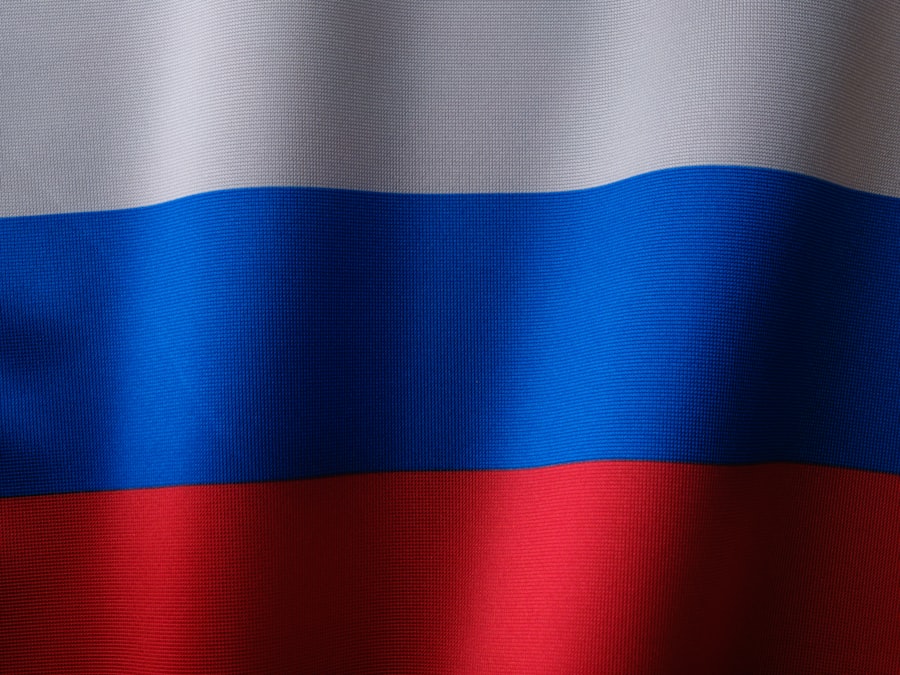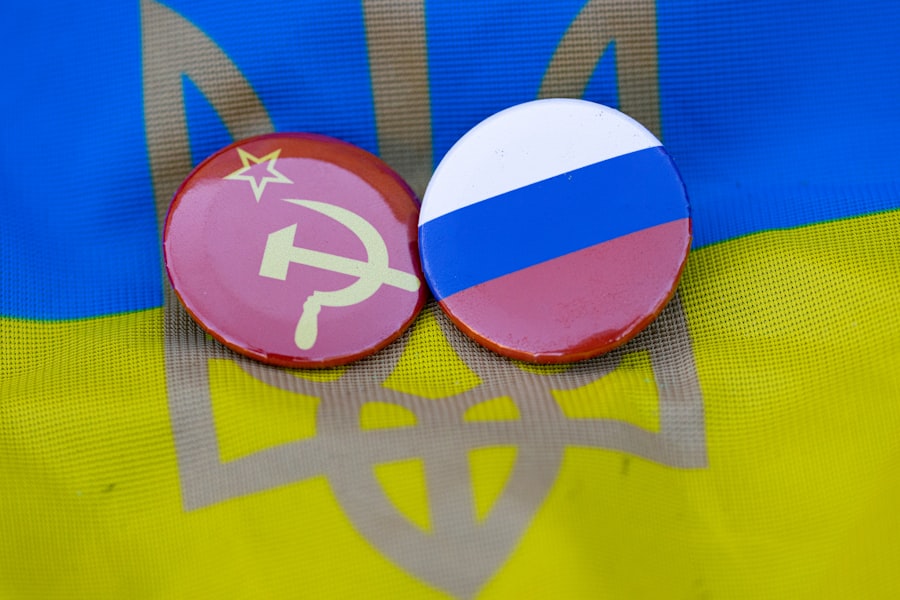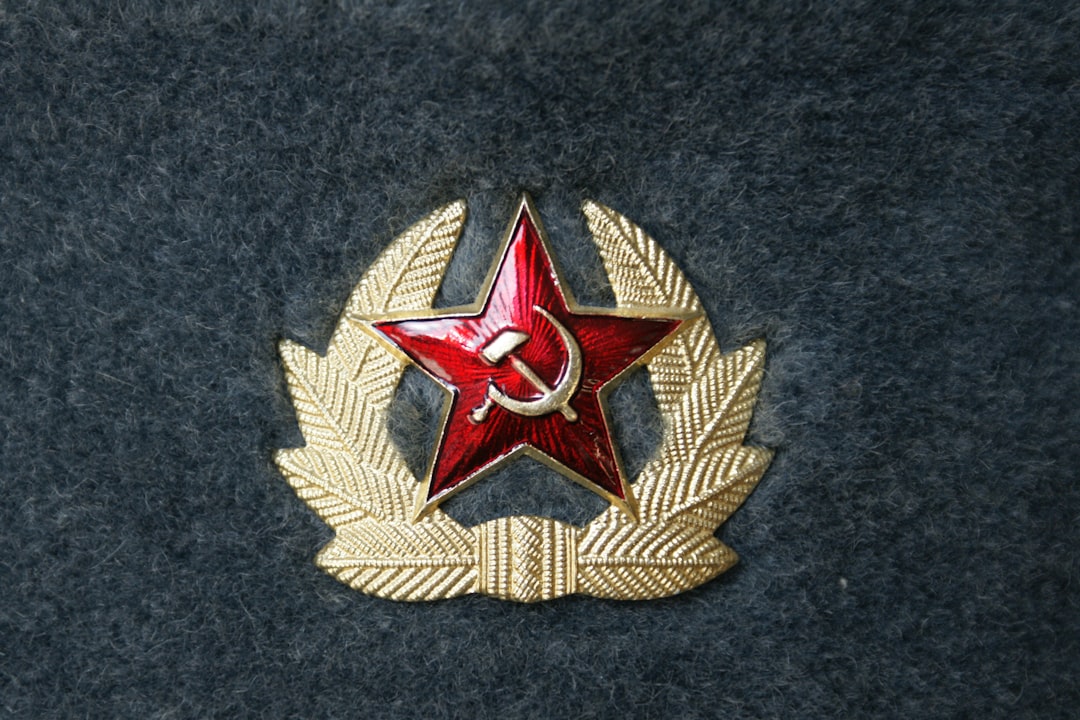In recent years, the world has witnessed a resurgence of interest in lunar exploration, often referred to as the “Space Race 2.0.” This renewed competition is characterized by a multitude of nations, including the United States, China, and India, vying for dominance in space. However, one of the most significant developments has been Russia’s re-emergence as a key player in this new era of lunar exploration. After a prolonged period of relative inactivity in space missions, Russia is now poised to reclaim its historical legacy in lunar exploration, driven by a combination of national pride, scientific ambition, and geopolitical strategy.
Russia’s renewed focus on the Moon is not merely a nostalgic return to its Soviet-era achievements; it represents a strategic pivot aimed at re-establishing its position in the global space hierarchy. The Russian space agency, Roscosmos, has outlined an ambitious roadmap that includes a series of lunar missions designed to explore the Moon’s surface, conduct scientific research, and potentially establish a sustainable human presence. This resurgence is not only about technological prowess but also about asserting Russia’s influence in international space policy and collaboration.
Key Takeaways
- Russia’s return to lunar exploration marks the beginning of the Space Race 2.0, with renewed focus and competition in space exploration.
- Understanding Russia’s historical perspective on lunar ambitions provides valuable context for their current missions and plans.
- Russia’s current lunar missions and plans demonstrate their commitment to advancing lunar exploration and expanding their presence in space.
- Russia’s involvement in the new moon race is crucial for shaping the future of international lunar exploration efforts and establishing a global presence on the moon.
- Despite challenges and obstacles, Russia’s lunar program continues to make significant technological advancements and contributions to international lunar exploration efforts.
To understand Russia’s current lunar ambitions, one must first delve into its storied history of space exploration. The Soviet Union was a pioneer in the field, achieving numerous milestones that shaped the trajectory of space science. From launching the first artificial satellite, Sputnik, to sending the first human, Yuri Gagarin, into space, the USSR laid the groundwork for future exploration.
The Soviet lunar program was particularly ambitious, with missions like Luna 2 and Luna 9 marking significant achievements in lunar exploration during the 1950s and 1960s. However, as the Cold War waned and the Soviet Union dissolved in the early 1990s, Russia’s space program faced numerous challenges. Funding cuts, political instability, and a shift in priorities led to a decline in lunar exploration efforts.
The ambitious plans for crewed lunar missions were shelved, and Russia found itself lagging behind other nations in terms of space technology and exploration capabilities. This historical context is crucial for understanding the motivations behind Russia’s current resurgence in lunar ambitions.
Russia’s Current Lunar Missions and Plans
In recent years, Russia has unveiled a series of lunar missions that reflect its commitment to re-establishing itself as a leader in space exploration. The Luna-25 mission, slated for launch in the near future, aims to land on the Moon’s south pole region—a site of great interest due to its potential water ice reserves. This mission marks Russia’s first attempt to land on the Moon since the Soviet era and is seen as a critical step toward future lunar exploration.
Beyond Luna-25, Russia has ambitious plans for subsequent missions that include Luna-26 and Luna-27. These missions are designed to build on the findings of Luna-25 and further explore the Moon’s surface and resources. The overarching goal is not only to conduct scientific research but also to lay the groundwork for potential human missions to the Moon in the coming decades.
By establishing a robust lunar program, Russia aims to demonstrate its technological capabilities and assert its presence in the new era of space exploration.
The Importance of Russia’s Involvement in the New Moon Race

Russia’s involvement in the new Moon race is significant for several reasons. Firstly, it adds a layer of complexity to an already competitive landscape dominated by nations like the United States and China.
This diversity can foster innovation and collaboration while also preventing any single nation from monopolizing lunar resources. Moreover, Russia’s return to lunar exploration is crucial for its national identity and technological prestige. The country has long prided itself on its achievements in space, and a successful lunar program could reignite public interest and support for science and technology within Russia.
Additionally, it could serve as a platform for international partnerships, allowing Russia to collaborate with other nations on shared goals while simultaneously asserting its independence in space endeavors.
Russia’s Contributions to International Lunar Exploration Efforts
| Year | Mission | Contribution |
|---|---|---|
| 1959 | Luna 1 | First spacecraft to reach the vicinity of the Moon |
| 1966 | Luna 9 | First soft landing on the Moon |
| 1970 | Luna 16 | First robotic probe to return a sample from the Moon |
| 1973 | Luna 21 | Delivered the first lunar rover, Lunokhod 2 |
| 2019 | Luna 25 (planned) | Planned mission to land on the Moon’s south pole |
As part of its renewed focus on lunar exploration, Russia has expressed a willingness to collaborate with other nations on various projects. This collaborative spirit is evident in its participation in international forums and partnerships aimed at advancing lunar science and technology. For instance, Russia has engaged with countries like India and Japan to share knowledge and resources related to lunar missions.
Furthermore, Russia’s expertise in space technology can significantly contribute to international efforts aimed at sustainable lunar exploration. With decades of experience in spacecraft design, launch systems, and mission planning, Russia can offer valuable insights that enhance global collaboration. By positioning itself as a cooperative partner rather than merely a competitor, Russia can play a pivotal role in shaping the future of international lunar exploration.
Challenges and Obstacles Facing Russia’s Lunar Program
Despite its ambitious plans for lunar exploration, Russia faces several challenges that could hinder its progress. One of the most pressing issues is funding; maintaining a robust space program requires substantial financial investment. In recent years, budget constraints have plagued Roscosmos, leading to concerns about whether it can sustain its ambitious lunar agenda.
Additionally, technological hurdles remain significant obstacles for Russia’s lunar program. While the country possesses considerable expertise in space technology, it must also compete with rapidly advancing technologies from other nations. Ensuring that its spacecraft are equipped with cutting-edge systems for navigation, communication, and scientific research will be essential for success.
Moreover, addressing safety concerns related to crewed missions will require rigorous testing and validation processes.
Russia’s Collaborations and Partnerships in Lunar Exploration

In light of these challenges, Russia has sought to forge collaborations with other countries and organizations involved in lunar exploration. By pooling resources and expertise, these partnerships can help mitigate some of the financial and technological burdens faced by individual nations. For example, Russia has engaged with the European Space Agency (ESA) on various projects related to lunar science and technology.
These collaborations extend beyond mere resource sharing; they also foster diplomatic relations between nations. As countries work together on complex scientific endeavors like lunar exploration, they build trust and understanding that can transcend geopolitical tensions. Such partnerships can lead to joint missions that leverage each nation’s strengths while promoting peaceful cooperation in outer space.
Russia’s Technological Advancements in Lunar Exploration
To support its renewed ambitions in lunar exploration, Russia has made significant strides in developing advanced technologies tailored for this purpose. The Luna-25 mission will utilize state-of-the-art landing systems designed to ensure precision landings on the Moon’s surface—a critical factor given the challenging terrain of potential landing sites. Moreover, advancements in robotics and automation are set to play a crucial role in future missions.
Robotic landers and rovers will be essential for conducting scientific research and exploring the Moon’s resources without putting human lives at risk initially. By investing in these technologies, Russia aims to enhance its capabilities while ensuring that it remains competitive with other nations pursuing similar goals.
The Economic and Political Implications of Russia’s Role in the New Moon Race
Russia’s involvement in the new Moon race carries significant economic and political implications both domestically and internationally. Economically, a successful lunar program could stimulate growth within Russia’s aerospace sector by creating jobs and fostering innovation. The development of new technologies for lunar missions may also have applications beyond space exploration, benefiting various industries within Russia.
Politically, re-establishing itself as a leader in space exploration can enhance Russia’s standing on the global stage. As nations increasingly recognize the strategic importance of space resources—such as water ice on the Moon—Russia’s active participation could position it as a key player in shaping international policies governing space exploration and resource utilization.
Russia’s Vision for the Future of Lunar Exploration
Looking ahead, Russia envisions a future where it plays an integral role in humanity’s return to the Moon and beyond. The country’s long-term goals include establishing a sustainable human presence on the Moon by developing infrastructure that supports scientific research and potential resource extraction. This vision aligns with broader aspirations for interplanetary exploration, including missions to Mars.
To achieve this ambitious vision, Russia recognizes the importance of fostering public interest in space science and technology among its citizens. Educational initiatives aimed at inspiring young minds will be crucial for cultivating the next generation of scientists and engineers who will drive future advancements in space exploration.
The Potential for Cooperation and Competition in the New Moon Race
As nations continue to pursue their lunar ambitions, the potential for both cooperation and competition remains high. While countries like Russia may find themselves competing for resources and prestige in space exploration, there is also ample opportunity for collaboration that can benefit all parties involved.
Ultimately, the new Moon race presents an opportunity for humanity to unite around shared goals while navigating the complexities of competition. As countries work together to explore our celestial neighbor, they may discover not only new scientific knowledge but also pathways toward greater understanding and cooperation on Earth. In this evolving landscape of lunar exploration, Russia’s role will be pivotal as it seeks to balance its ambitions with collaborative efforts that advance humanity’s quest for knowledge beyond our planet.
In the renewed global race to the moon, Russia is striving to reassert its influence and technological prowess, reminiscent of its historic achievements during the space race of the 20th century. As nations like the United States and China ramp up their lunar exploration efforts, Russia is keen on showcasing its capabilities through ambitious projects and collaborations. For a deeper insight into Russia’s strategic moves and the broader implications of this new lunar competition, you can read a related article on the topic by visiting this link. This article delves into the geopolitical and technological dimensions of Russia’s involvement in the contemporary moon race, providing a comprehensive overview of its objectives and challenges.
WATCH THIS! 🚀 Why The Moon Is The Next Battlefield: The Geopolitics of Cislunar Space
FAQs
What is Russia’s role in the new moon race?
Russia has announced its plans to send its own cosmonauts to the moon by 2030, marking its return to lunar exploration after a long hiatus. The country aims to establish a permanent human presence on the moon and has been working on developing new spacecraft and lunar infrastructure for this purpose.
How does Russia’s moon mission differ from previous lunar missions?
Russia’s moon mission differs from previous lunar missions in that it aims to establish a permanent human presence on the moon rather than just conducting a one-time landing. This long-term goal involves building a lunar base and developing the necessary infrastructure for sustained human habitation.
What are Russia’s plans for lunar exploration?
Russia’s plans for lunar exploration include sending cosmonauts to the moon, establishing a permanent human presence, and building a lunar base. The country is also working on developing new spacecraft and technologies to support its lunar exploration efforts.
How does Russia’s moon mission compare to other countries’ lunar exploration efforts?
Russia’s moon mission is part of a broader global effort to return to the moon, with countries like the United States, China, and India also planning their own lunar exploration missions. While each country has its own specific goals and timelines, the overall trend reflects a renewed interest in lunar exploration and the potential for establishing a sustained human presence on the moon.
What are the potential implications of Russia’s involvement in the new moon race?
Russia’s involvement in the new moon race has the potential to reinvigorate global interest in lunar exploration and space exploration more broadly. It could also lead to increased international collaboration and competition in the pursuit of establishing a sustained human presence on the moon.
